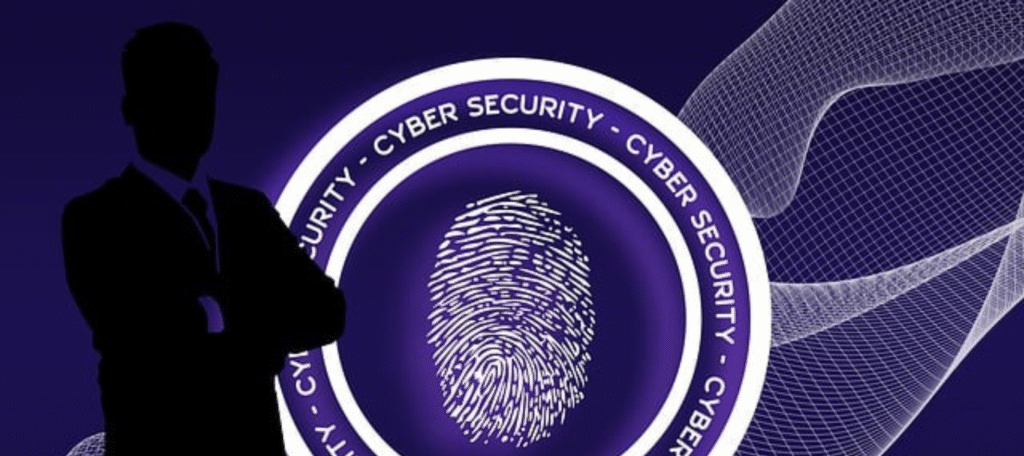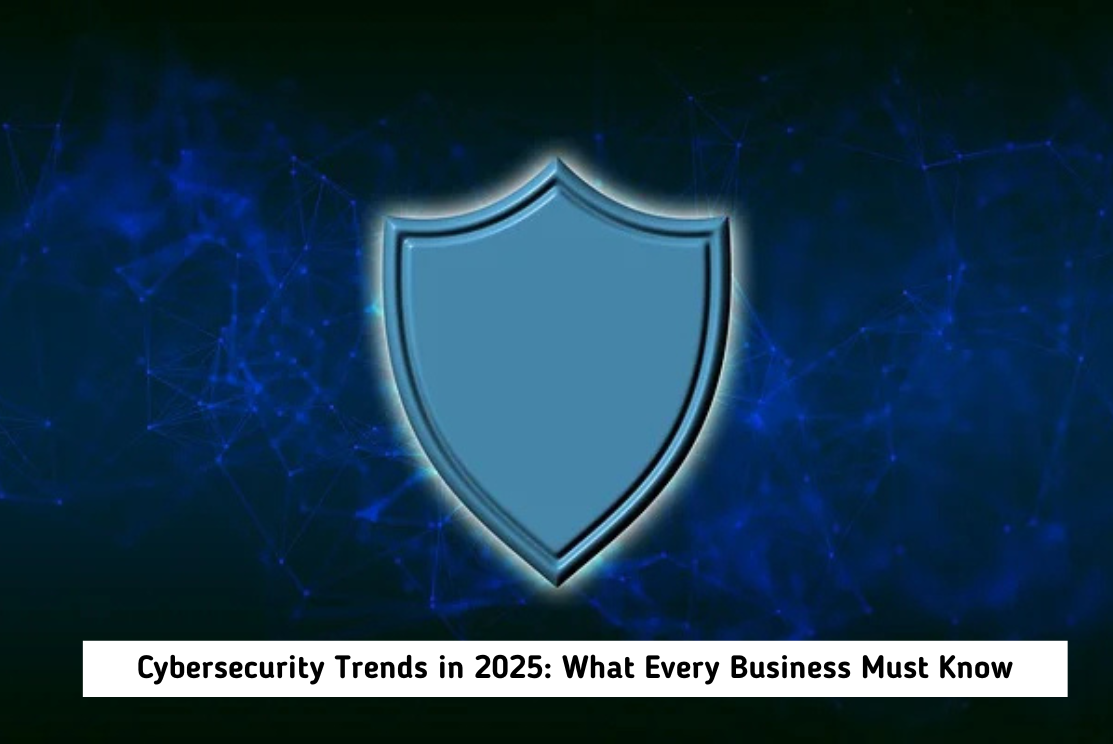In 2025, cyber threats are more sophisticated than ever and so are the technologies protecting us. As businesses go digital, the attack surface grows. From ransomware and AI-generated phishing to data breaches and IoT vulnerabilities, cybersecurity has become a boardroom priority, not just an IT concern.
This blog explores the latest cybersecurity trends in 2025, emerging threats, best practices, and how businesses can stay one step ahead in a hyperconnected, high-risk world.
Why Cybersecurity Matters Now More Than Ever
- Over 60% of SMEs report at least one cyberattack per year
- The average cost of a data breach is projected to exceed $5 million in 2025
- With AI and automation, hackers are now faster and more effective
- Remote and hybrid work models have increased the number of vulnerable endpoints
Cybersecurity is no longer optional; it’s essential for survival, reputation, and compliance.
Top Cybersecurity Trends in 2025
1. AI-Powered Threat Detection
AI and machine learning are now being used to:
- Analyze massive volumes of network data
- Detect anomalies in real-time
- Predict threats before they occur
Example: Security Information and Event Management (SIEM) platforms now use predictive AI to stop zero-day threats.
2. Zero Trust Architecture (ZTA)
Gone are the days of trusting everything inside the network. In 2025, zero trust is the standard.
- Trust no user or device by default
- Continuously verify identity and access
- Micro-segmentation of networks and resources
Google, Microsoft, and Amazon are already rolling out ZTA in enterprise platforms.
3. Multi-Factor and Biometric Authentication
Passwords alone are no longer safe. In 2025, businesses use
- MFA (SMS, app, token-based)
- Biometric login (fingerprint, facial recognition)
- Device-based contextual authentication
This dramatically reduces credential stuffing and brute-force attacks.
4. Cloud Security Enhancements
As businesses migrate to AWS, Azure, and Google Cloud, cloud-specific threats emerge. New trends include:
- Cloud-native firewalls and WAFs
- Data access policies
- Secure APIs and encrypted data flows
Tip: Always follow the shared responsibility model in cloud security.
5. Ransomware-as-a-Service (RaaS)
Cybercriminals are selling ransomware kits on the dark web. RaaS has:
- Low entry barriers
- High payouts
- AI-powered encryption and tracking
Businesses must have backup systems and incident response plans in place.
6. IoT and Edge Security
With more devices connected than ever, from smartwatches to industrial robots, each one is a potential breach point.
2025 solutions include:
- Edge firewalls
- Secure firmware updates
- Network isolation for devices
7. Cybersecurity for Remote Work
Employees access business data from home, cafes, or travel—often over unsecured networks. Secure remote access tools are now mandatory.
- VPN + Endpoint Detection & Response (EDR)
- Remote device management
- Role-based access controls

Industries Most at Risk in 2025
| Industry | Common Threats | Priority Protection |
|---|---|---|
| Healthcare | Ransomware, PHI breaches | Data encryption, backups |
| Finance | Phishing, fraud, DDoS | 2FA, real-time monitoring |
| Education | Insider threats, outdated software | Cloud security, access control |
| E-commerce | Card skimming, fake login pages | SSL, tokenized payments |
| Real Estate | Document fraud, identity theft | Secure file sharing, eSign audit trails |
Tools & Technologies to Watch
- XDR (Extended Detection & Response): Combines threat detection across multiple layers: network, endpoint, server, and cloud.
- SASE (Secure Access Service Edge): Merges networking and security into a cloud-native service.
- Threat Intelligence Platforms: Aggregate real-time threat feeds and automate responses.
- Cyber Insurance: More businesses are now investing in cybersecurity insurance to mitigate losses.
Best Practices for Businesses in 2025
1. Employee Training
Cybersecurity awareness is your first defense. Train staff to:
- Identify phishing emails
- Use strong passwords
- Report suspicious behavior
2. Regular Backups
Use secure, automated backups stored in different locations. Test restoration regularly.
3. Patch Management
Keep all software, plugins, CMS, and apps updated. Automate where possible.
4. Use a Password Manager
Encourage the use of tools like 1Password or Bitwarden to store complex credentials securely.
5. Get a Security Audit
Hire professionals to conduct a penetration test and security audit annually.

Cybersecurity Regulations to Know in 2025
- GDPR (Europe)
- DIFC Data Protection Law (UAE)
- CCPA (California)
- India’s Digital Personal Data Protection Act (DPDP)
Staying compliant avoids penalties and builds customer trust.
Final Thoughts
Cybersecurity in 2025 is about proactive protection, not reactive recovery. As threats evolve, so must your defense systems.
Whether you’re a startup, SME, or enterprise, your data is your greatest asset and your biggest risk. Investing in modern cybersecurity tools, training your team, and partnering with experts will ensure that your business doesn’t just survive but thrives in this digital era.

